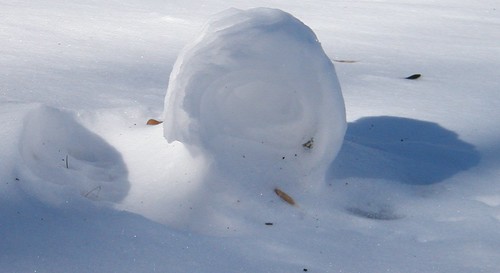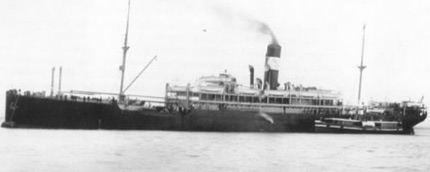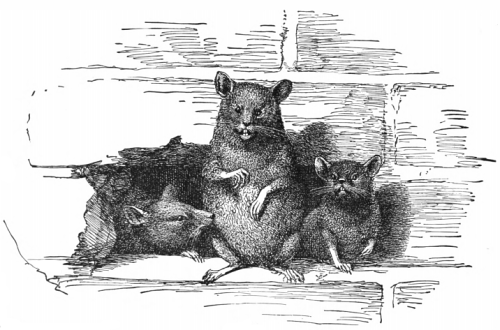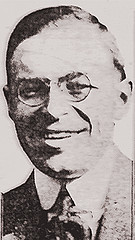On the 8th of August, 1823, a young man, named Thomas Clements, lost his life in a manner as dreadful as it was extraordinary. He was fishing with a draw net, near Elizabeth Castle, Jersey, and taking a little sole out of the net, he put it between his teeth to kill it, when the fish, with a sudden spring, forced itself into his throat, and choked him. The unfortunate man had just time to call for assistance, but it came too late; he expired soon after in dreadful agony.
— The Cabinet of Curiosities, 1824
10/18/2017 UPDATE: It happened again in 2017, this time with a happy ending. (Thanks, Anatoly.)







